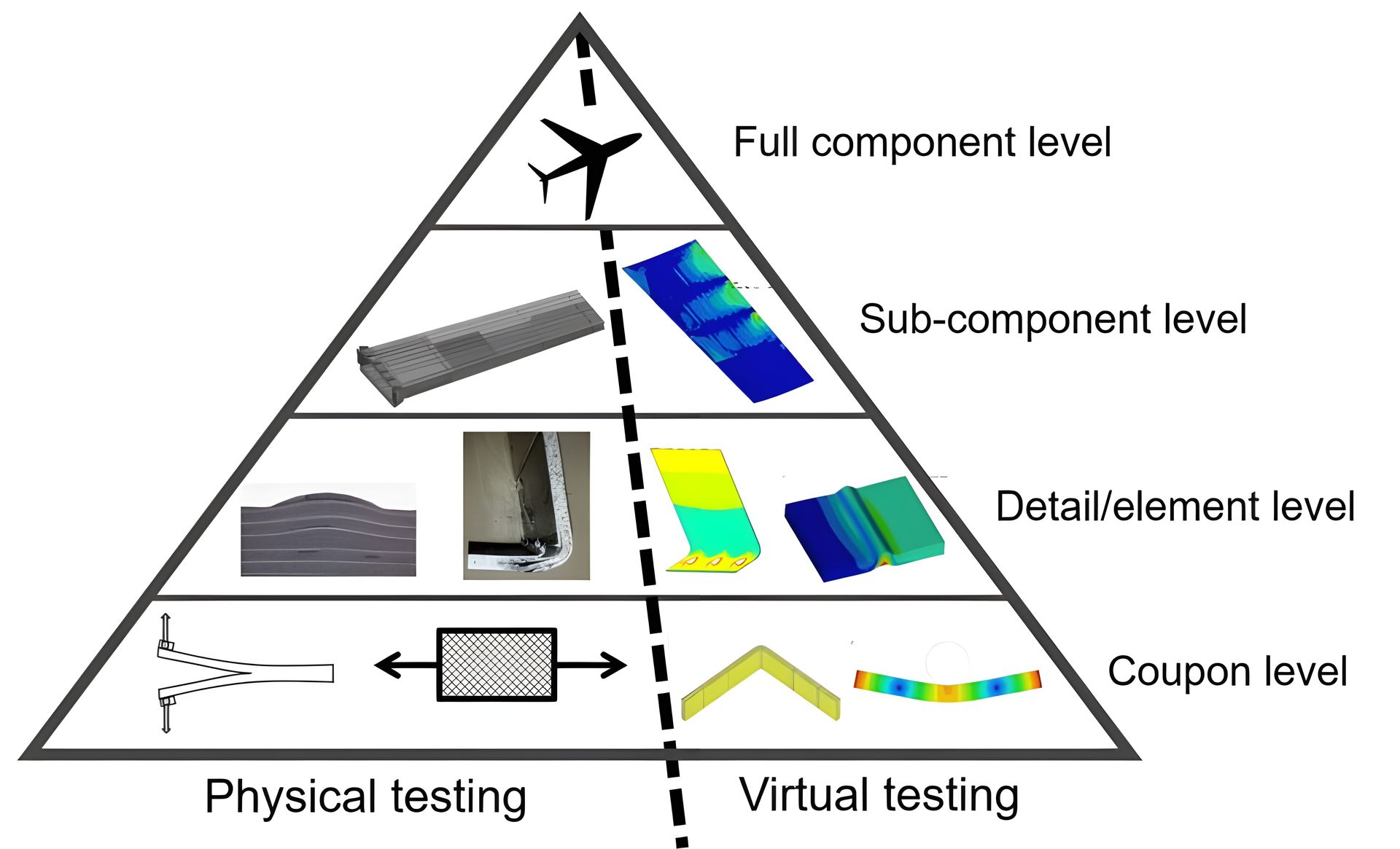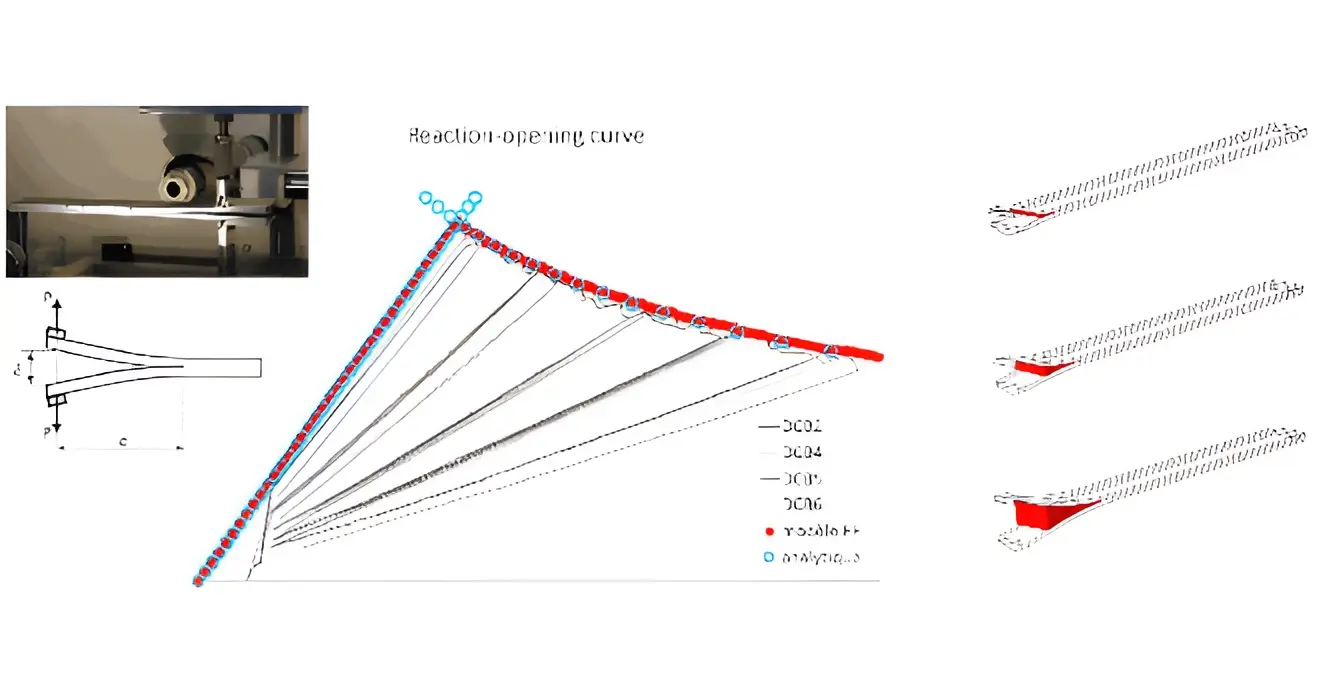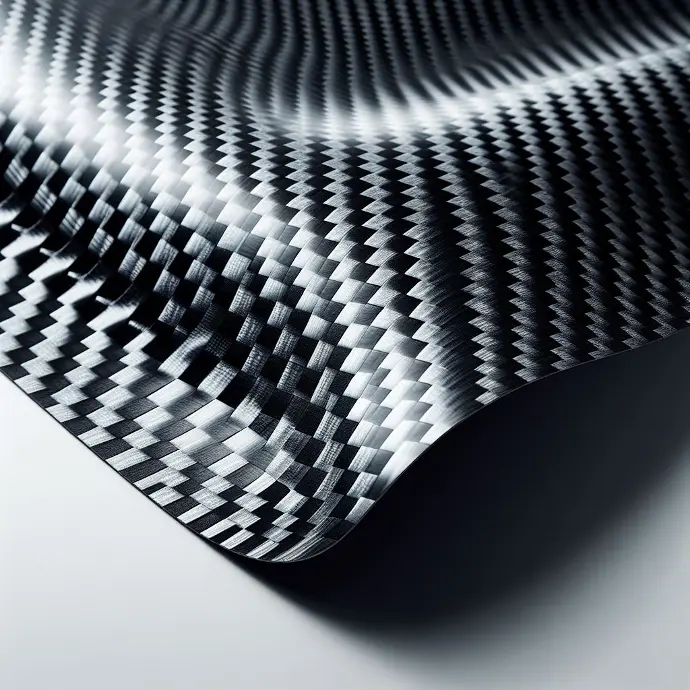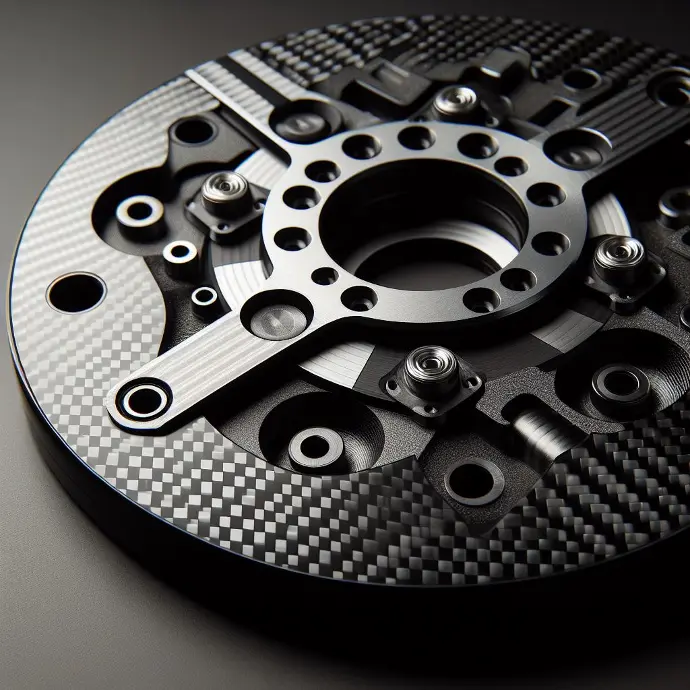
The design of composite structures is not trivial. Many parameters and phenomena must be taken into account: the number of plies, their shapes, orientations, and the order of their stacking, as well as the specific behavior of such materials and the potential instabilities associated with them: buckling, post-buckling, as well as damage within plies or between them (delamination). This design process is based on a succession of steps represented here.



